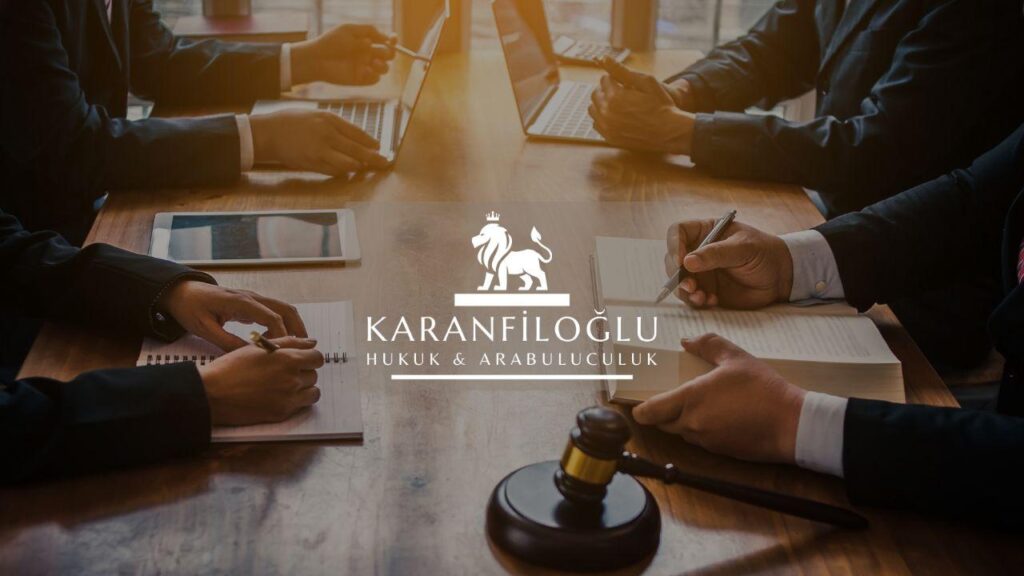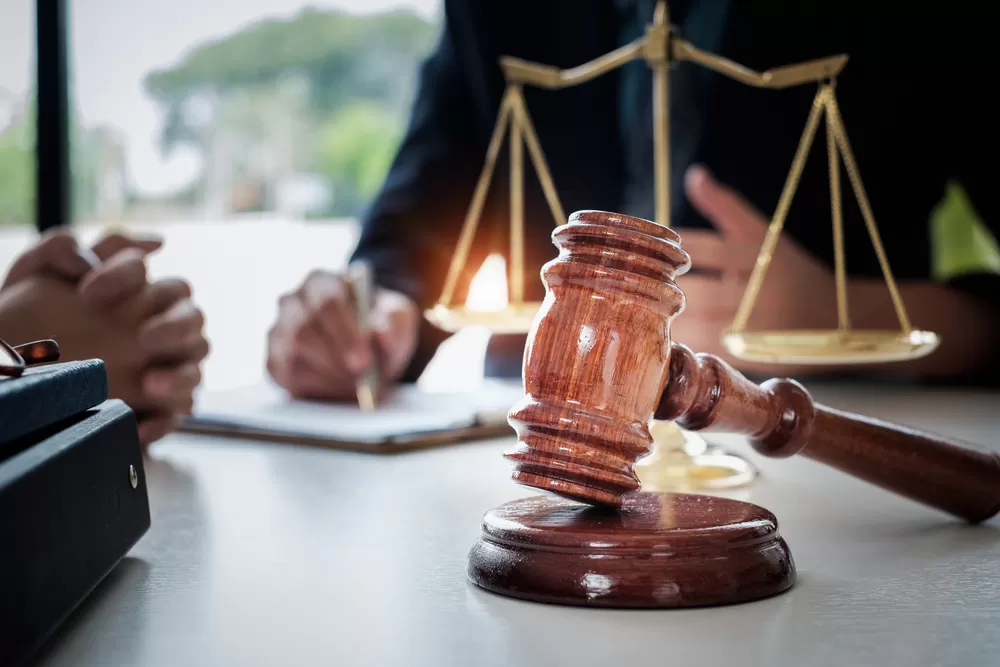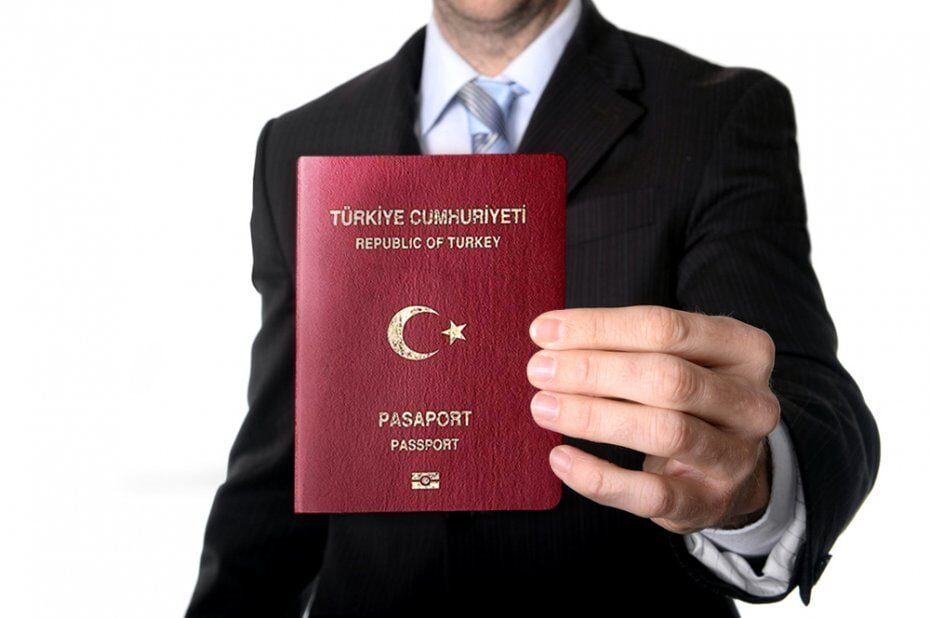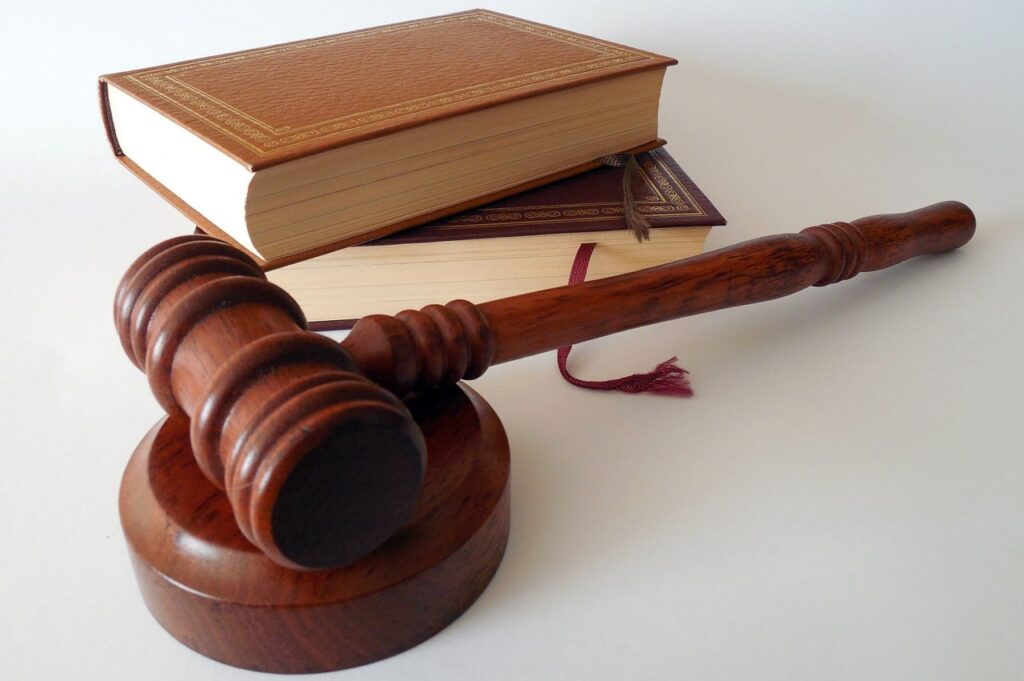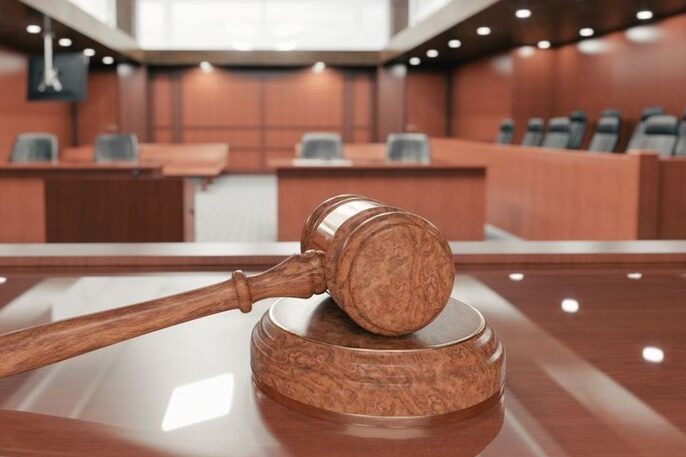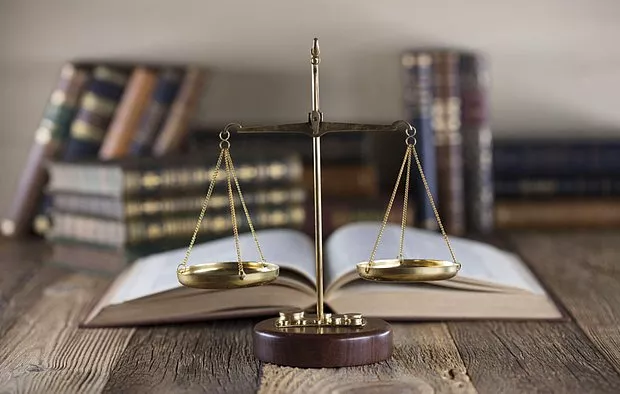Understanding the Legal Boundaries of Free Speech
In the context of defamation law, free speech is not an absolute shield that grants immunity for all uttered or published statements. The right to free expression, enshrined in the legislation and constitution of many democracies, coexists with the legal responsibility not to broadcast defamatory content. This delicate balance dictates that while individuals have the liberty to voice opinions and criticisms, they must refrain from making false statements that can damage another’s reputation and livelihood. Legal boundaries are drawn where free speech ends and harmful language begins – a line that is not always lucid or static, but shifts with societal values and judicial interpretations. It is at this crux where the courts are tasked with adjudicating whether a statement is a protected expression of thought or an unlawful act of defamation, taking into account context, public interest, and the veracity of the information. Understanding where these boundaries lie is critical for navigating the intricacies of defamation disputes, with each case contributing to the evolving demarcation of free speech.
Against this backdrop, defamation cases often hinge on the concept of ‘actual malice’ – a term born from the landmark U.S. Supreme Court decision in New York Times Co. v. Sullivan. This standard demands that, when the plaintiff is a public figure or official, they must prove the defendant acted with knowledge of the statement’s falsehood or with ‘reckless disregard’ for its truth. This high bar is set to encourage robust debate on matters of public concern, a fundamental ideal in democratic societies where free discourse is seen as essential to the political process. Therefore, while private individuals may only need to demonstrate negligence to succeed in a defamation claim, public personalities face a more formidable challenge, ensuring that free speech is not unduly stifled by the fear of litigation. It’s a delicate protection offered to the media and speakers meant to preserve democratic discourse, but it can sometimes provide a refuge for harmful untruths, testing the limits of the justice system to delineate the boundaries of responsible speech.
The tension between unfettered speech and the protection against defamation is particularly evident in the age of the internet, where the rapid dissemination of information—and misinformation—can have immediate and widespread impact. The challenge for legal systems worldwide is to adapt traditional defamation laws to the realities of the digital era, where anonymous postings and viral content can wreak havoc on personal and professional reputations in a matter of hours. As courts grapple with these novel circumstances, they must walk a fine line, crafting decisions that not only address the harms inflicted by defamatory statements but also safeguard the dynamic nature of online discourse. This pursuit often entails discerning the intent and reach of digital communications, which may have far-reaching implications for the future of free speech and the integrity of the digital landscape.
Navigating the Complexities of Defamation Law
Navigating the complexities of defamation law demands a keen understanding of its two main forms: slander and libel. Slander refers to defamatory statements that are spoken, often fleeting and heard by a smaller audience, while libel pertains to written or published defamatory statements with the potential for a wider and more enduring impact. Both types of defamation can inflict serious damage on an individual’s reputation, yet proving them in a court of law requires the plaintiff to demonstrate several key elements. The claimant must show that the statement was not only made public but also that it directly led to reputational harm, and that it was false. Moreover, if the individual defamed is a public figure or official, they must additionally prove that the defamer acted with ‘actual malice’ or reckless disregard for the truth. This legal threshold is intended to balance society’s interest in protecting reputations with the crucial need for the robust debate of public affairs.
The challenge of a defamation suit is amplified when determining whether a statement is defamatory or merely a hyperbolic or opinionated remark, an area often gray and subjective. The context in which the words were used plays a crucial role; a comment in a satirical article, for instance, is less likely to be considered defamatory than the same words in a news report. Courts also weigh the tendency of the statement to dissuade others from associating with the plaintiff — a key factor in assessing reputational damage. Additionally, a plaintiff must prove that the defendant is the source of the defamation. With the proliferation of anonymous online speech, this can pose a significant hurdle, necessitating astute investigative skills to trace the origins of the damaging words. Thus, dissecting the intricacies of context and authorship is essential in formulating a robust defamation claim.
In the wake of a successful defamation claim, plaintiffs may be entitled to various forms of relief, including compensatory damages for the harm suffered to their reputation, and in some jurisdictions, even punitive damages to punish particularly egregious conduct. However, winning a defamation case is no mean feat; it involves not just establishing the veracity of the plaintiff’s grievance, but also navigating potential defenses such as truth, opinion, or privilege. For instance, a statement made under the protection of judicial privilege or as a fair comment on a matter of public interest might be shielded from liability. Effectively, whether willing to engage in litigation or pursuing alternative dispute resolution, parties embroiled in defamation cases must tread a delicate line, whereby strategic legal acumen, an understanding of the nuances of human communication, and an appreciation for the context of the statement in question become the keys to adjudicating the conflict between reputation and free expression.
Strategies for Protecting Reputation in Litigation
When faced with defamation, strategic action is essential to safeguard one’s reputation during litigation. The initial step often involves a cease and desist letter, a formal request to halt the alleged harmful conduct immediately. This measure might resolve the matter without resorting to court, but if litigation becomes inevitable, plaintiffs must meticulously document the defamation’s impact. They must gather evidence illustrating the spread and the harm of the false statements, including witness statements, screenshots from social media, and professional damage assessments. Public relations efforts can also play a critical role, focusing on clear, consistent messaging that counteracts the defamatory narrative without aggravating the situation. By adopting a proactive approach, individuals and entities can effectively manage public perception while their legal team focuses on the intricate details of proving defamation in court.
Beyond the preliminary steps, taking legal action requires a deep dive into the defamation laws that govern the jurisdiction in question. The plaintiff must establish the defamatory nature of the statements by showing they are not only false but were presented as facts rather than opinion. In addition, proving that these statements were published to others and caused actual damage is crucial. A strategic litigation approach may also necessitate a demonstration of malice or negligence—depending on whether the plaintiff is a public figure or a private individual, respectively. Crafting a compelling legal narrative that highlights the egregiousness of the conduct and the severity of the reputational harm is key to persuading a judge or jury. This often involves expert testimony about the plaintiff’s standing in the community or industry before and after the defamatory statements, quantifying the reputational damage in concrete terms.
In the final analysis, victory in a defamation case may hinge on the plaintiff’s ability to effectively manage the court of public opinion alongside the court of law. Proactive reputation management during litigation involves maintaining a steady dialogue with the relevant stakeholders, whether they be customers, business partners, or the general public, to ensure the narrative surrounding the case is shaped by facts and rational discourse rather than speculation and emotion. Furthermore, it is imperative that plaintiffs remain consistent in their messaging and adhere to the high road, avoiding the temptation to engage in retaliatory defamation that could undermine their case or credibility. By weaving together a strategy that combines the judicious use of media and public relations with a compelling legal argument, plaintiffs can shore up their reputations, not only within the confines of the courtroom but in the wider court of public esteem.

